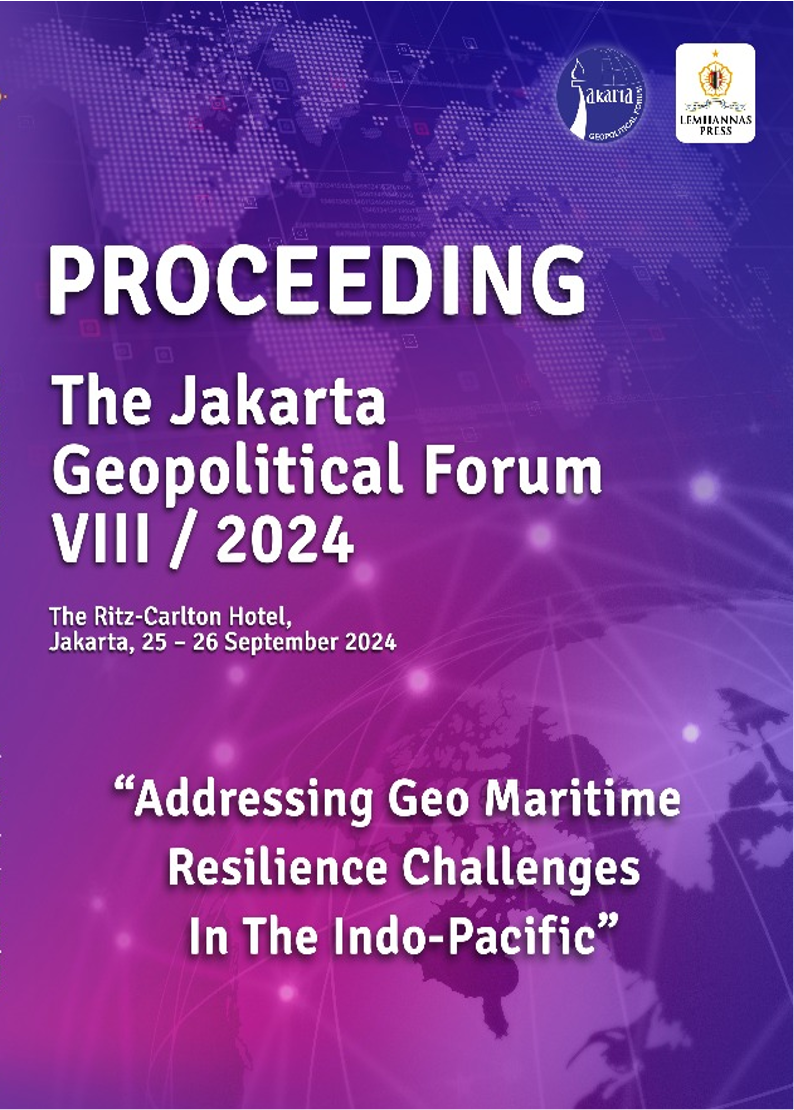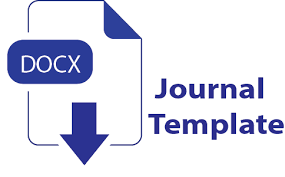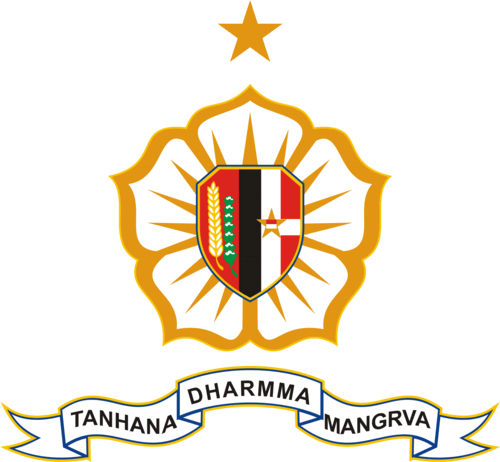ROLE OF TECHNOLOGY TO SUPPORT SUSTAINABLE MARITIME INDUSTRY
DOI:
https://doi.org/10.55960/jgf.v8i1.274Keywords:
capacity building, command and control systems, defence technology integration, maritime securityAbstract
Abstract.
The maritime industry is essential in global trade, with over 11 billion tonnes of goods transported annually by more than 50,000 merchant vessels. Despite rapid technological advancements, maritime security operations continue to face persistent challenges such as fragmented command structures, weak inter-agency coordination, outdated systems, and cybersecurity vulnerabilities. This study applies a qualitative content analysis to examine how interoperable technologies, specifically the Maritime Interoperability Management System (MIMS S2), Universal Link System (ULS), and System Interoperability Kodal, enhance operational effectiveness and situational awareness. Drawing from official product documentation, defence interoperability reports, and regional case studies, the findings reveal how integrated command and control systems improve real-time data sharing, strengthen joint operations, and support both military and civilian maritime agencies. The study also highlights the importance of long-term capacity building, demonstrating that the combination of advanced technologies and institutional readiness forms a scalable model for managing contemporary maritime security challenges.
Downloads
References
1. Ali I. The World’s Maritime Industry in the 21st Century: Challenges, Expectations, and Directions. South East Asian Mar Sci J. 2025 Mar 9;2(2):64–75.
2. Pirozhnikov A, Schaminée H. Maritime’s Smart Tech Revolution. IEEE Softw. 2023;40(3):89–94.
3. Autsadee Y, Jeevan J, Mohd Salleh NH Bin, Othman MR Bin. Digital Tools and Challenges in Human Resource Development and its Potential Within the Maritime Sector Through Bibliometric Analysis. J Int Marit Safety, Environ Aff Shipp. 2023 Oct 2;7(4):1–14.
4. Similski J. Jakarta Geopolitical Forum VIII/2024. 2024. Role of Technology to Support Sustainable Maritime Industry. Available from: https://www.youtube.com/watch?v=cKp5tBF8usc
5. Tsailas D. Risks And Threats In The 21st Century Maritime Security. Secur Sci J. 2025 May 7;6:106–44.
6. Piñon CP. The Evolution of Intelligence Doctrine and Its Contribution to Maritime Security. Int J Intell CounterIntelligence. 2025 Apr 3;38(2):598–618.
7. Islam MS. Maritime Security in a Technological Era: Addressing Challenges in Balancing Technology and Ethics. Mersin Univ J Marit Fac. 2024;6(1):1–16.
8. Saunders M, Lewis P, Thornhill A. Research Methods for Business Students by Mark Saunders, Philip Lewis and Adrian Thornhill 8th edition. [Internet]. Research Methods For Business Students. 2015. 768 p. Available from: https://www.google.co.id/books/edition/Research_Methods_for_Business_Students/0DHFsgEACAAJ?hl=en
9. Krippendorff K. Content Analysis: An Introduction to Its Methodology [Internet]. SAGE Publications; 2018. 472 p. Available from: https://methods.sagepub.com/book/mono/content-analysis-4e/toc
10. Wasis M. Pengaruh System Interoperability Kodal (SIK) terhadap Tatakelola Sistem Informasi Tentara Nasional Indonesia (TNI). Pres J Polit dan Pemerintah. 2025;1(2).
Downloads
Published
Conference Proceedings Volume
Section
License
Copyright (c) 2024 Author's

This work is licensed under a Creative Commons Attribution-ShareAlike 4.0 International License.











